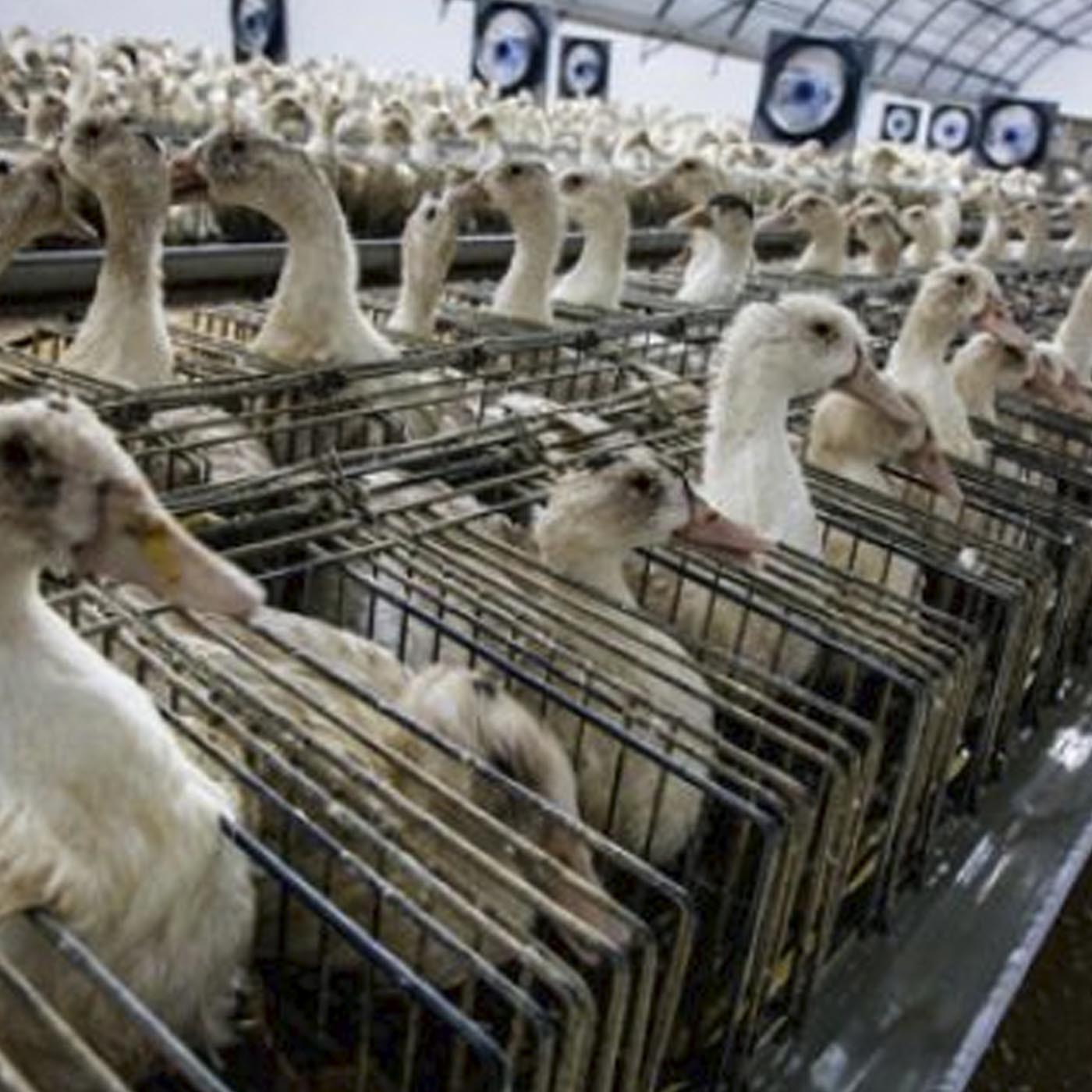Animal cruelty is an insidious problem that manifests in various forms, from neglect in households to egregious practices in industrial farming. In addressing this multifaceted issue, it is imperative to examine the various contexts in which animal suffering occurs, relying on both emotional understanding and factual clarity to foster a more profound empathy for sentient beings who share our planet.
The first category to consider is household neglect. Many domesticated animals, such as dogs and cats, depend on their human caregivers for basic needs like food, water, shelter, and medical care. Neglect can take many forms, including failure to provide adequate nutrition or medical attention, resulting in malnutrition or untreated illnesses. Animals confined to cramped living spaces without access to outdoor areas may suffer from psychological distress, as they are deprived of natural behaviors essential for their well-being.
Beyond neglect, there is the issue of abandonment, which can occur when individuals move or experience life changes that render them incapable of caring for their pets. Unfortunately, many of these discarded animals face dire fates, often ending up in overwhelmed shelters or on the streets, where they contend with hunger, injury, and disease. The emotional toll on these animals is profound; they experience confusion and trauma when their trusted caregivers relinquish their presence.
Another tragic manifestation of animal cruelty within households includes instances of active abuse, whether intentional or born from ignorance. Some individuals may resort to physical punishment, believing it will deter undesirable behavior. This misguided approach can lead to injuries and a breakdown of the bond between humans and their pets. Other cases may involve individuals who engage in irresponsible breeding practices, subjecting animals to repeated cycles of pregnancy without regard for air quality, nutrition, or psychological impacts on the mother and her offspring.
As we shift our focus beyond household issues, the realm of factory farming emerges as a glaring epicenter of animal cruelty. This industrialized approach to livestock production prioritizes profit over animal welfare, resulting in unimaginable suffering. In factory farms, animals are often crammed into confined spaces that inhibit their natural instincts and movements. Chickens raised for meat, for example, are frequently kept in overcrowded barns where they cannot spread their wings or engage in social behaviors. The consequences are palpable: these animals experience significant stress, leading to physical ailments and compromised immunity.
Moreover, many factory-farmed animals are subjected to inhumane practices, such as debeaking, tail docking, and castration, often performed without anesthesia. These painful procedures aim to streamline operations and minimize perceived management issues but blatantly disregard the sentient nature of the animals involved. The psychological ramifications are equally devastating; animals exhibit signs of anxiety, frustration, and aggression due to their unnatural environments.
The treatment of pigs in factory farming presents another stark example of cruelty. These intelligent and social creatures are often housed in gestation crates—small metal enclosures that restrict their movement for extended periods. The physical confinement not only inflicts direct suffering but also leads to intense psychological distress. Pigs are deeply social animals, and isolating them in such a manner disrupts their instinctual behaviors, resulting in self-destructive actions often observed in stressed animals.
The dairy industry exemplifies further challenges associated with animal cruelty. Dairy cows, like their factory-farmed counterparts, are frequently subjected to harsh living conditions. Continuous milking cycles, often through artificial insemination, place immense physical strain on cows, leading to various health issues. In many instances, once these cows can no longer produce milk at profitable levels, they are transported to slaughterhouses, often suffering from malnutrition and illness by this point. Their journey is a sobering reminder of the short and brutal lives that many factory-farmed animals endure.
As we navigate through these troubling realities, it becomes essential to acknowledge that the plight of animals extends beyond individual cases to encompass systemic issues within industries that rely on their suffering for profit. This interconnectedness means that addressing animal cruelty is not merely the responsibility of individual caregivers but a collective obligation to create more humane systems that prioritize compassion over profit.
To effect change, strong advocacy and ethical consumer choices are fundamental. By raising awareness, supporting animal welfare organizations, and promoting sustainable, humane farming practices, we can help catalyze shifts in societal perspectives on animal treatment. The consumer’s voice—through purchasing decisions—can wield immense power, steering industries toward more ethical practices.
Education also plays a vital role in shifting perceptions. By fostering a deeper understanding of the emotional and physical landscapes that animals inhabit, individuals can cultivate empathy, which often serves as a precursor to advocacy and activism. Engaging with the stories of animals—whether through documentaries, literature, or firsthand experiences—can illuminate the harsh realities they face, disrupting complacent acceptance of cruelty as a norm.
In conclusion, the spectrum of animal cruelty spans from household neglect to the stark realities of factory farming, with each facet revealing the profound consequences of human actions on innocent lives. This exploration is not just an indictment of current practices; it is an invitation to transform our relationship with the creatures we share the planet with. Understanding and compassion must drive us forward, inspiring actionable change that uplifts the welfare of all animals, ensuring that they can live free from suffering and in accordance with their inherent dignity. It is crucial that we commit to crafting a world where animals are treated with the respect they deserve, reflecting humanity’s best virtues instead of its worst. By shedding light on these disturbing realities, we can hope to mobilize a collective effort toward a more ethical coexistence, bringing forth a brighter future for all sentient beings.









